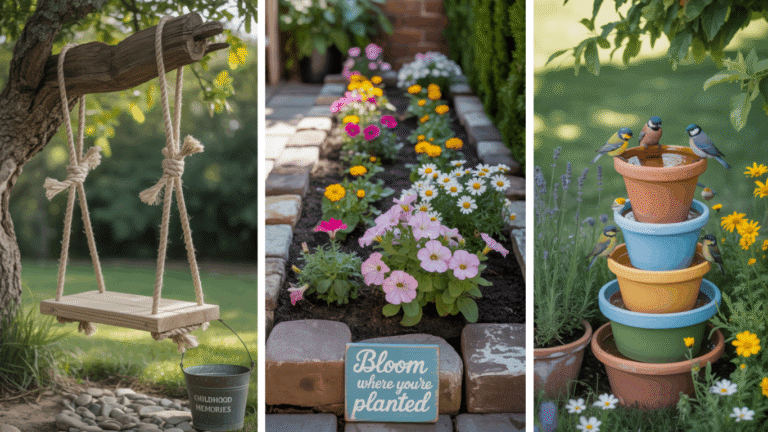15 Best Vegetable Garden Ideas for a Productive & Beautiful Garden
Growing your own vegetables isn’t just rewarding—it’s a smart, sustainable way to bring fresh produce straight to your kitchen. Whether you have a sprawling backyard or a compact patio, a well-planned vegetable garden can transform any space into a thriving, productive oasis.
From raised beds and vertical planters to creative container solutions and aesthetic layout designs, this guide shares inspiring ideas to help you grow food with both function and beauty in mind. Rooted in practical experience and real-world gardening know-how, these tips will help you design a vegetable garden that fits your lifestyle, space, and goals.
Key Considerations Before You Begin
Before diving into gardening, it’s important to evaluate a few foundational elements. These include finding a location that receives enough sunlight, preparing nutrient-rich soil, setting up an efficient watering method, and choosing vegetables that match your local climate.
1. Elevate with Raised Beds
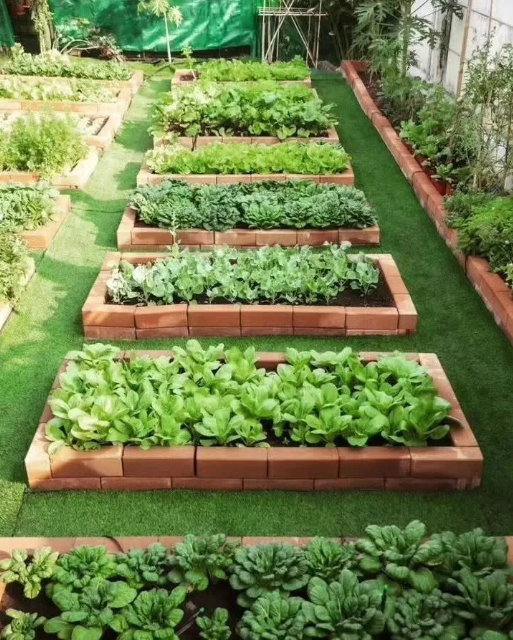
Raised beds offer a comfortable gardening setup by reducing strain and enhancing soil control. They improve drainage and keep pests at bay, making them a popular choice for growing a variety of plants effectively.
2. Grow in Containers
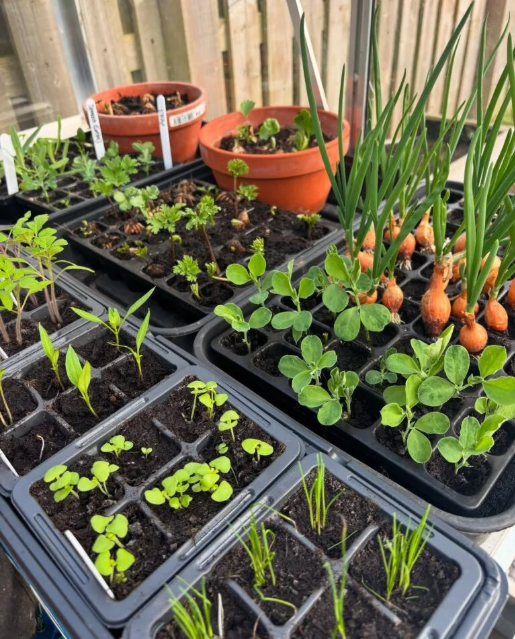
Containers are an ideal solution for small spaces, offering flexibility and mobility. You can reposition them for better sunlight, protect against weather, and grow a range of vegetables—even those needing deeper soil—using proper drainage techniques.
3. Try Companion Planting
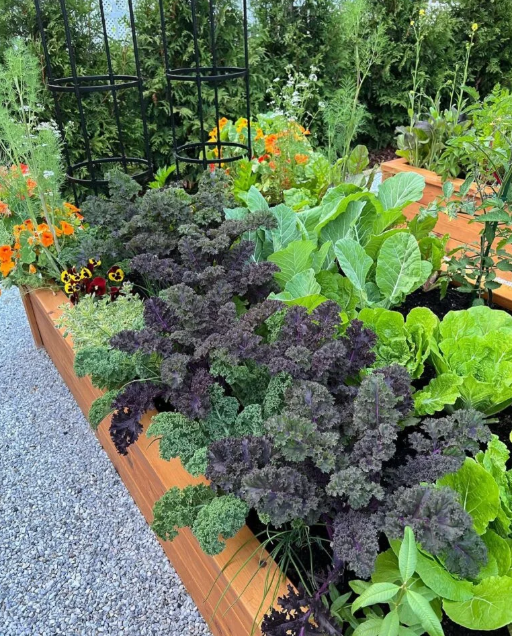
This approach involves placing compatible plants together to naturally improve growth, deter pests, and boost soil health. Some plant combinations can even enhance flavor or productivity, making the most of your garden’s potential.
4. Add a Trellis for Vining Crops
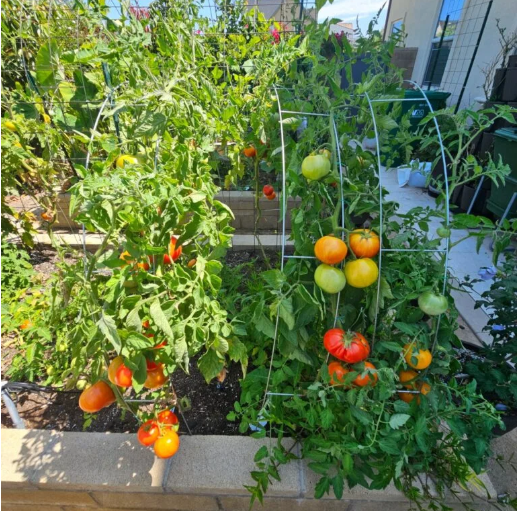
A trellis helps support climbing plants while saving space and improving airflow. It also simplifies harvesting and can be creatively constructed using materials like pallets or ladders for added charm and function.
5. Use Pollinator-Friendly Plants
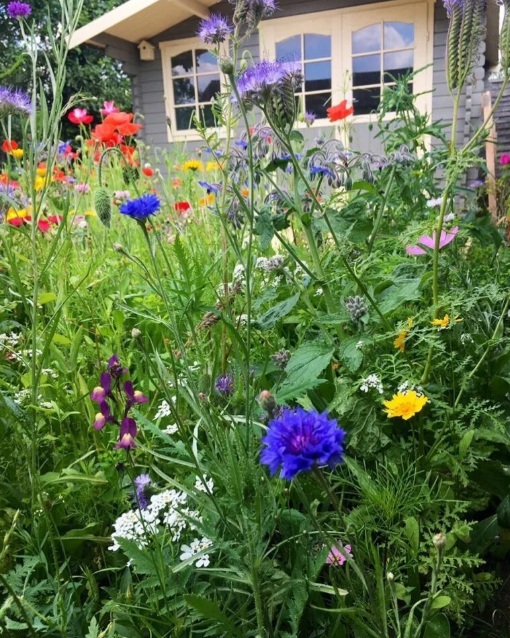
Adding flowers that attract pollinators supports your vegetable garden by encouraging fruit production. These plants also bring color and life to your garden, but it’s important to avoid harmful chemicals to protect beneficial insects.
6. Opt for a Balcony Garden
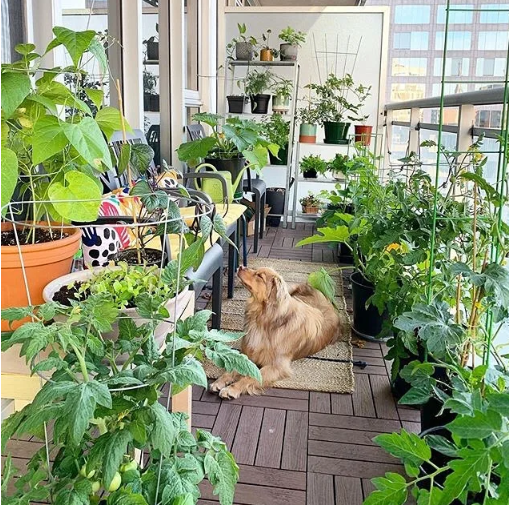
For those with limited space, a balcony can be transformed into a productive garden using hanging baskets and compact planters. Crops suited for partial sun and small containers can thrive in this setup with the right care.
7. Incorporate Composting
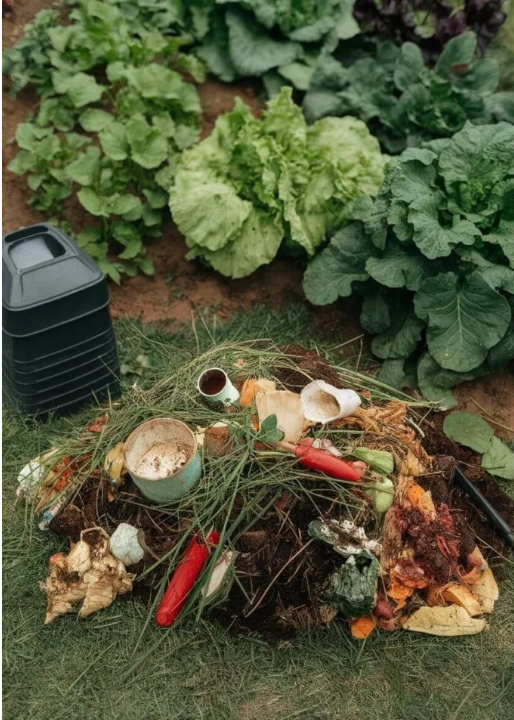
Creating compost from kitchen and yard waste is an easy way to enrich your garden soil. Whether you set up a compost bin or use worms in a smaller space, it’s an eco-friendly practice that benefits both your plants and the environment.
8. Experiment with Block Planting
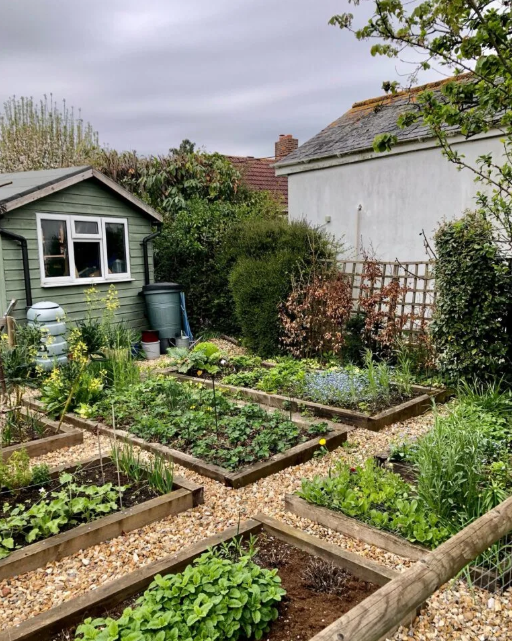
Block planting maximizes yield by grouping vegetables in dense patches rather than rows. This technique is space-efficient, helps reduce weeds, and promotes healthier growth when seedlings are thinned properly.
9. Grow Nitrogen-Fixers
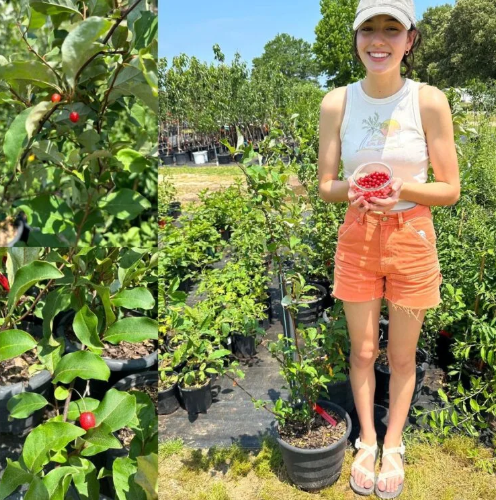
Plants like beans and peas naturally improve soil fertility by converting nitrogen from the air into usable nutrients. Including them in your garden can help reduce the need for synthetic fertilizers and support sustainable practices.
10. Integrate Edible Landscaping

This method blends beauty and practicality by mixing edible plants with ornamental ones. The result is a visually appealing garden that also produces food, making the space both functional and attractive.
11. Use Ground Covers for Weed Control
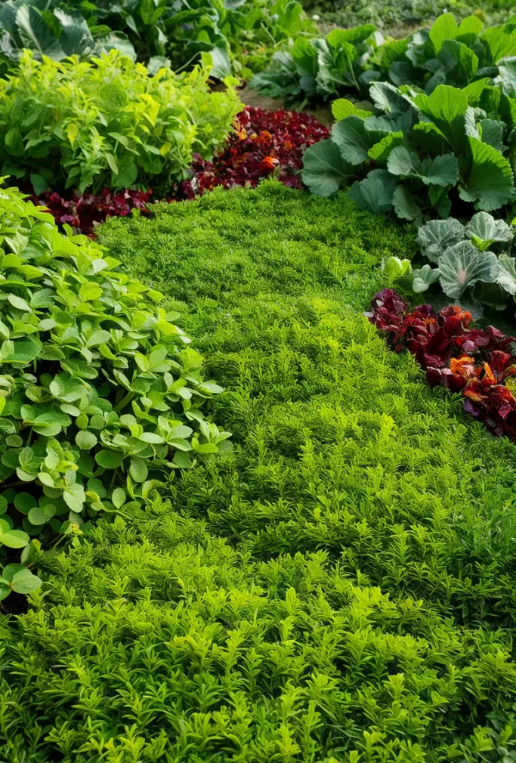
Ground covers serve multiple purposes: they block weeds, retain moisture, and protect soil from extreme temperatures. These low-growing plants can simplify garden maintenance and promote healthier growing conditions.
12. Plant a Canopy Layer
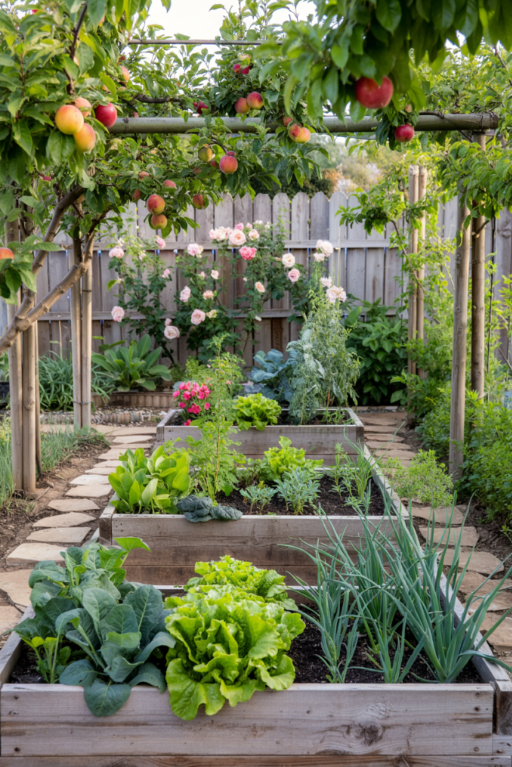
Creating a layered garden by planting small fruit trees above vegetables allows for efficient space use and added shade. This method supports biodiversity and mimics natural ecosystems for a more balanced garden.
13. Protect Crops from Pests Naturally
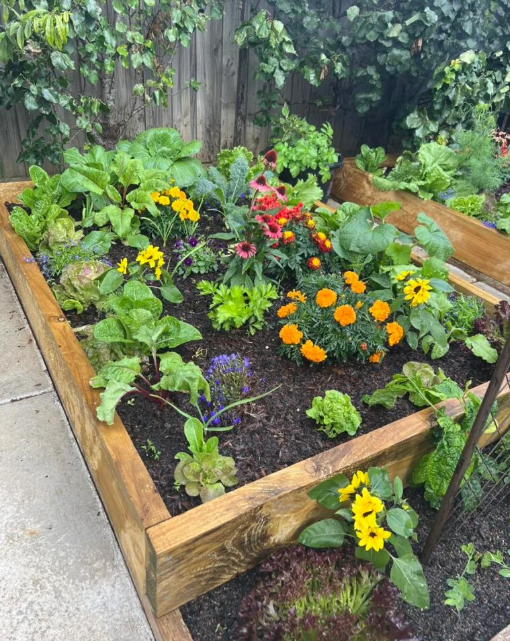
You can defend your garden against pests without chemicals by growing plants that repel them. Using natural allies like chives or basil, or inviting beneficial insects, helps maintain a healthy, pesticide-free environment.
14. Keep a Garden Journal
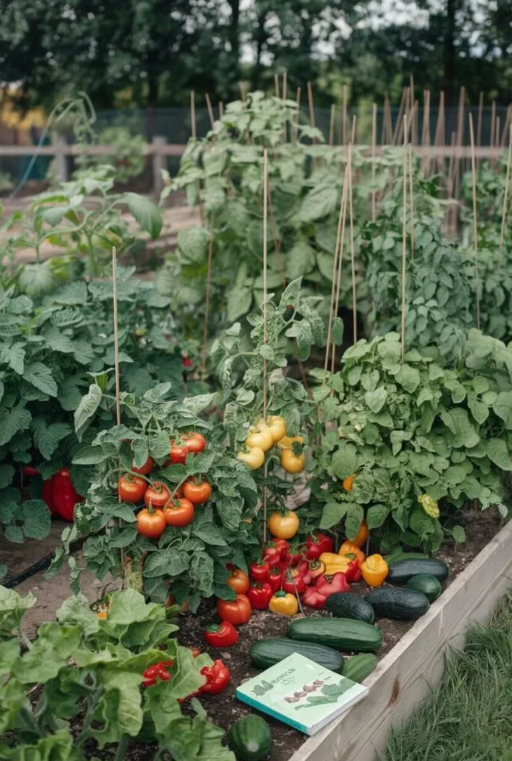
Documenting your gardening activities helps track what works and what doesn’t. Over time, notes on plant performance, weather, and pest issues can help you refine your methods and improve future yields.
15. Add a Water Feature

A small water feature can enhance your garden’s atmosphere while attracting helpful wildlife. Birds and insects drawn to water can aid in pollination and pest control, making your garden both productive and peaceful.
FAQs
How much sunlight do vegetable gardens need?
Vegetables usually need 6–8 hours of direct sunlight daily, but some varieties can handle partial shade.
What’s the best way to water a vegetable garden?
Watering needs depend on the garden’s size. Drip systems are great for larger areas, while hand watering or sprinklers work well in smaller spaces.
How can you control pests without chemicals?
Planting natural repellents, introducing helpful insects, and using homemade solutions are effective alternatives to pesticides.
Can you grow vegetables indoors?
Yes—plants like herbs, lettuce, and compact tomatoes grow well inside with adequate lighting and suitable containers.
Sum Up
Vegetable gardening can be adapted to any space and experience level with thoughtful planning. These 15 ideas offer practical ways to create a thriving garden, whether you’re working with a yard, balcony, or indoor setup.
By applying techniques like composting, vertical growth, and companion planting, you can enjoy a productive and sustainable gardening experience.


